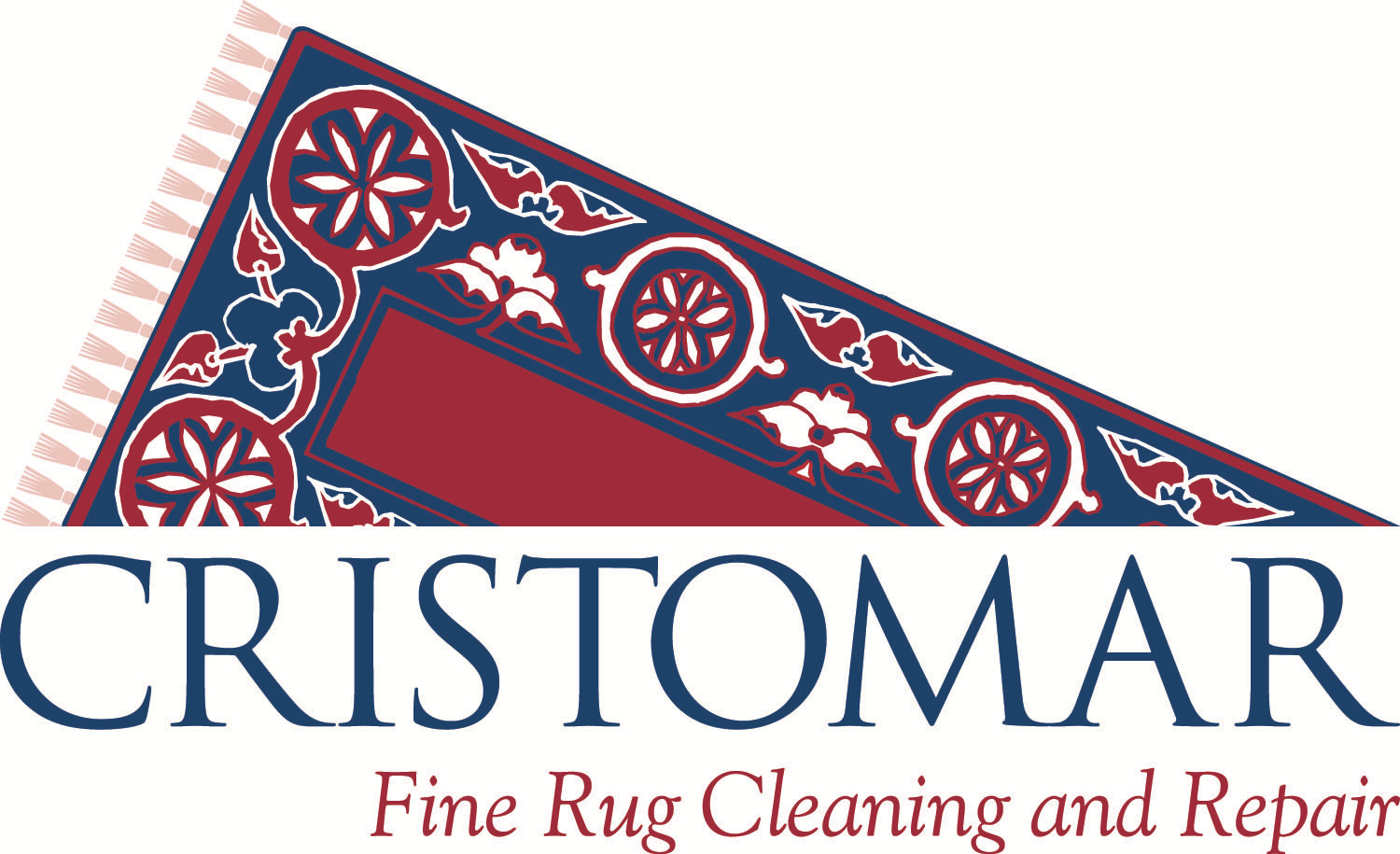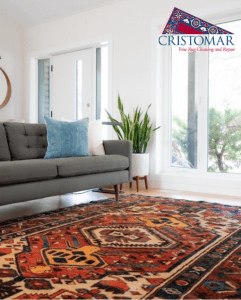Wool – The Preferred Fiber for Area Rugs
Why is wool used as the pile fiber for inexpensive to very expensive area rugs? Wool has characteristics that other fibers like cotton, rayon, viscose, and even silk don’t possess. Around the world, the renewability of wool from sheep, goats and other pack animals gives textiles a plentiful wool supply.
Wool fiber is capable of absorbing deep, rich colors to provide a rainbow of options for beautiful textile designs. Natural or synthetic dyes can penetrate the wool fiber to form a long-lasting chemical bond. Wool colored fibers are known for surviving the test of time. Even after years of soiling and wear they can almost look like new with a proper cleaning.
Have you ever seen a walking path in wall-to-wall carpeting where the fiber is crushed and flat? It is probably not wool. Wool is known as the most durable and resilient of natural or synthetic fibers because of the twist applied in the manufacturing process. In the twist of the wool fiber, there is “memory” that allows wool to retain its shape and bounce back like a miniature spring. This is one reason why wool is preferred in area rugs.
Characteristics of wool make it healthy and practical for the area rugs in your home. Wool maintains an ambient moisture level that cuts down on static electricity in the winter. The moisture and protein constituents make wool more flame resistance in case of fires. Also, wool will not give off chemical “gases” like rugs containing synthetic and chemical components. These characteristics make wool area rugs a good choice.
For thousands of years, around the world, wool has shown up in textiles. Wool has characteristics that other fibers don’t possess. Wool rugs give durability and beauty that are prized in home décor.

